Buy the photo Green Iguana (Iguana iguana) by Ronald Pol on canvas, ArtFrame, poster and wallpaper, printed on demand in high quality.
About "Green Iguana (Iguana iguana)"
by Ronald Pol
About the artwork
The Green Iguana is a large, striking lizard known for its bright green to grey-green coloration and impressive body length, which can reach up to 2 meters, including its long, muscular tail. This iguana features a distinctive crest of spines along its back and a dewlap, or loose fold of skin, under its throat.
The Green Iguana is native to tropical and subtropical regions of Central and South America, from Mexico to Paraguay and Brazil. It primarily inhabits dense rainforests, often near water sources like rivers and swamps. Green iguanas are arboreal and spend most of their time in trees, where they can climb as high as 20 meters. They are excellent swimmers and will sometimes leap from great heights into the water to escape predators.
Green Iguanas are herbivores, feeding mainly on leaves, flowers, and fruits from trees and shrubs. Young iguanas may occasionally consume insects, but as they grow older, they switch to a completely plant-based diet.
Green iguanas are diurnal and exhibit territorial behavior, especially the males. They communicate through head-bobbing and by expanding the dewlap under their throat. During the breeding season, females lay up to 40 eggs in underground nests. These iguanas are popular as pets, but they require special care due to their large size and specific environmental needs. In the wild, they play an important role in seed dispersal by eating fruit.

About Ronald Pol
Ronald Pol (1977) is a nature photographer from Deventer, the Netherlands. It was during a trip to Africa that his passion for nature photography started. The main focus is on the photography of animals (portraits and behaviour), but a variety of other subjects are photographed as well... Read more…
 Germany
Germany Ordered in October 2022
Ordered in October 2022
 Netherlands
Netherlands Ordered in June 2021
Ordered in June 2021
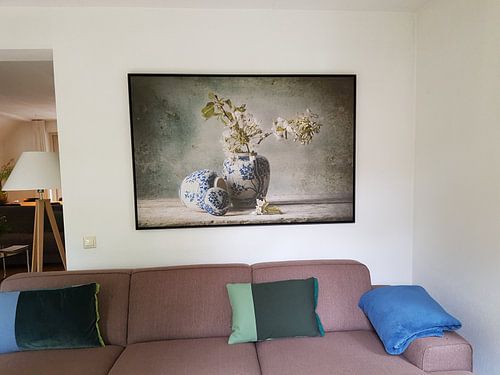
 Germany
Germany Ordered in December 2020
Ordered in December 2020
 Germany
Germany Ordered in August 2019
Ordered in August 2019
 Germany
Germany Ordered in September 2020
Ordered in September 2020
 Germany
Germany Ordered in September 2019
Ordered in September 2019
 Netherlands
Netherlands Ordered in June 2019
Ordered in June 2019
 Germany
Germany Ordered in December 2019
Ordered in December 2019
 Netherlands
Netherlands Ordered in May 2021
Ordered in May 2021
 Netherlands
Netherlands Ordered in March 2020
Ordered in March 2020
 Germany
Germany Ordered in December 2023
Ordered in December 2023
 Netherlands
Netherlands Ordered in January 2019
Ordered in January 2019
About the material
ArtFrame™
Interchangeable Art Prints
- High-quality print
- Easily interchangeable
- Acoustic function
- Large sizes available
Discover the artworks of Ronald Pol
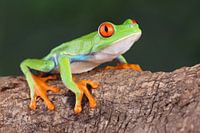 Red-Eyed Tree Frog (Agalychnis callidryas)Ronald Pol
Red-Eyed Tree Frog (Agalychnis callidryas)Ronald Pol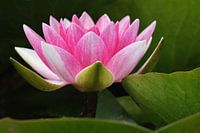 Pink Water LilyRonald Pol
Pink Water LilyRonald Pol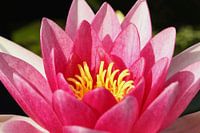 Pink Water LilyRonald Pol
Pink Water LilyRonald Pol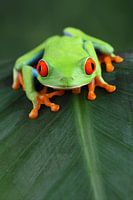 Red-Eyed Tree Frog (Agalychnis callidryas)Ronald Pol
Red-Eyed Tree Frog (Agalychnis callidryas)Ronald Pol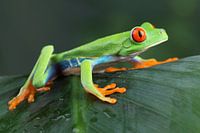 Red-Eyed Tree Frog (Agalychnis callidryas)Ronald Pol
Red-Eyed Tree Frog (Agalychnis callidryas)Ronald Pol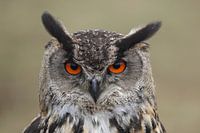 Eurasian Eagle Owl (Bubo bubo)Ronald Pol
Eurasian Eagle Owl (Bubo bubo)Ronald Pol Water in blueRonald Pol
Water in blueRonald Pol Western Barn Owl (Tyto alba)Ronald Pol
Western Barn Owl (Tyto alba)Ronald Pol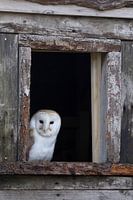 Western Barn Owl (Tyto alba)Ronald Pol
Western Barn Owl (Tyto alba)Ronald Pol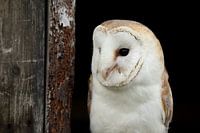 Western Barn Owl (Tyto alba)Ronald Pol
Western Barn Owl (Tyto alba)Ronald Pol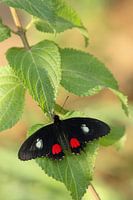 Iphidamas Cattleheart (Parides iphidamas)Ronald Pol
Iphidamas Cattleheart (Parides iphidamas)Ronald Pol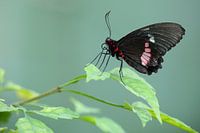 Iphidamas Cattleheart (Parides iphidamas)Ronald Pol
Iphidamas Cattleheart (Parides iphidamas)Ronald Pol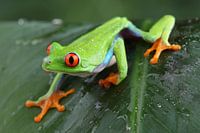 Red-Eyed Tree Frog (Agalychnis callidryas)Ronald Pol
Red-Eyed Tree Frog (Agalychnis callidryas)Ronald Pol Red-Eyed Tree Frog (Agalychnis callidryas)Ronald Pol
Red-Eyed Tree Frog (Agalychnis callidryas)Ronald Pol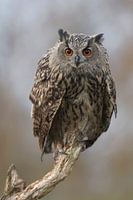 Eurasian Eagle Owl (Bubo bubo)Ronald Pol
Eurasian Eagle Owl (Bubo bubo)Ronald Pol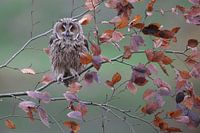 Long-eared Owl (Asio otus)Ronald Pol
Long-eared Owl (Asio otus)Ronald Pol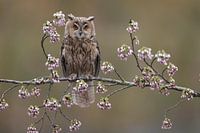 Long-eared Owl (Asio otus)Ronald Pol
Long-eared Owl (Asio otus)Ronald Pol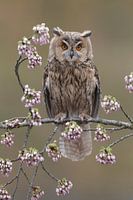 Long-eared Owl (Asio otus)Ronald Pol
Long-eared Owl (Asio otus)Ronald Pol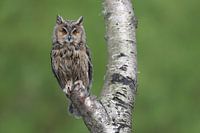 Long-eared Owl (Asio otus)Ronald Pol
Long-eared Owl (Asio otus)Ronald Pol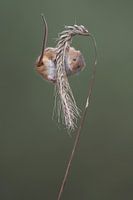 Eurasian Harvest Mouse (Micromys minutus)Ronald Pol
Eurasian Harvest Mouse (Micromys minutus)Ronald Pol
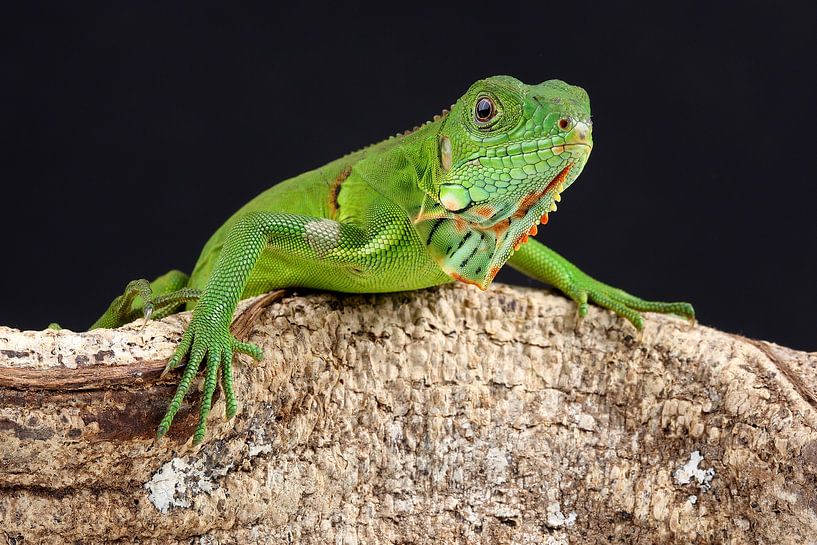












 Animals
Animals Iguanas
Iguanas Lizards
Lizards Nature photography
Nature photography Photo wallpaper
Photo wallpaper Photography
Photography Rainforest
Rainforest Reptiles
Reptiles Serene Peace
Serene Peace Vibrant Colors
Vibrant Colors Wildlife photography
Wildlife photography









